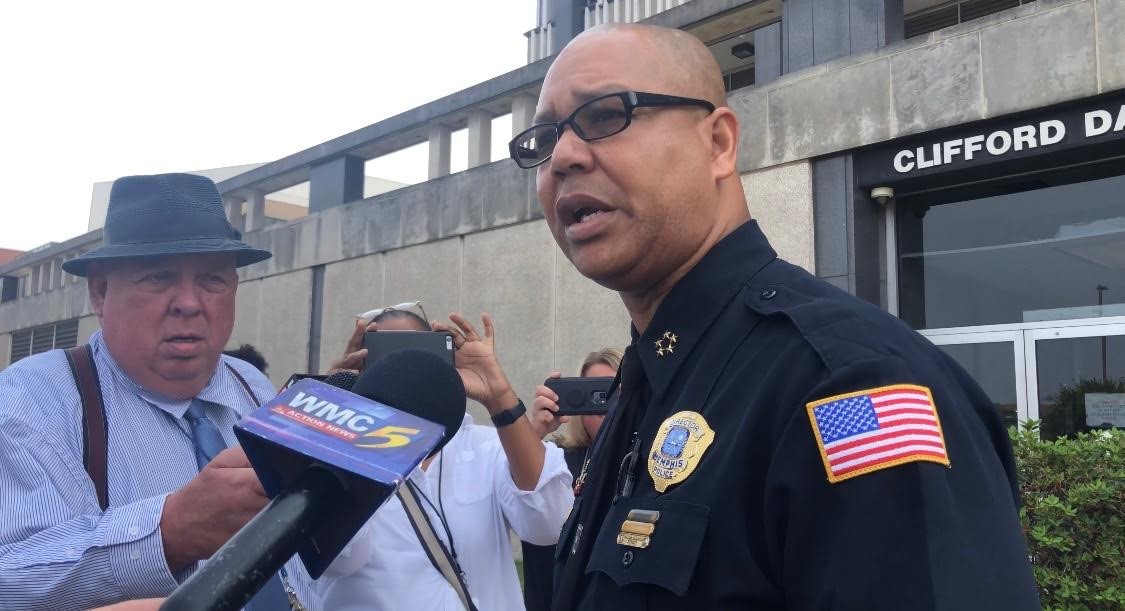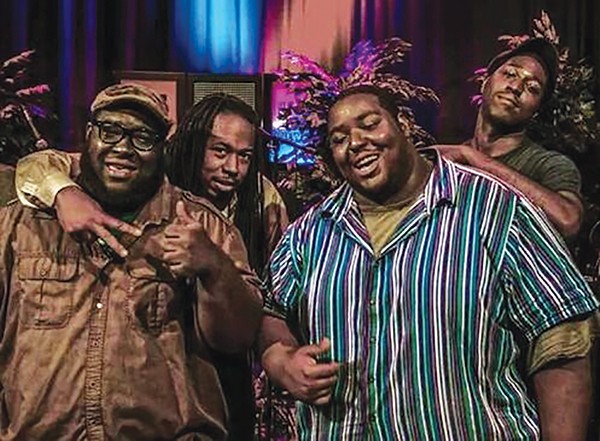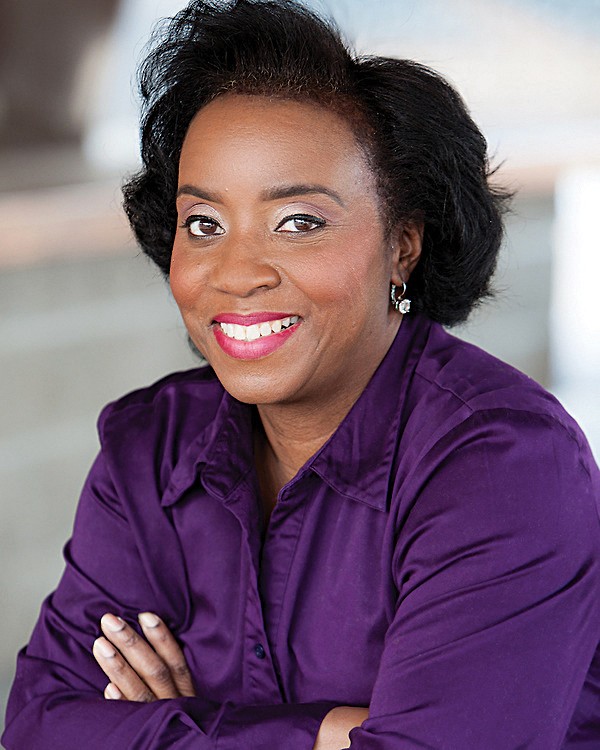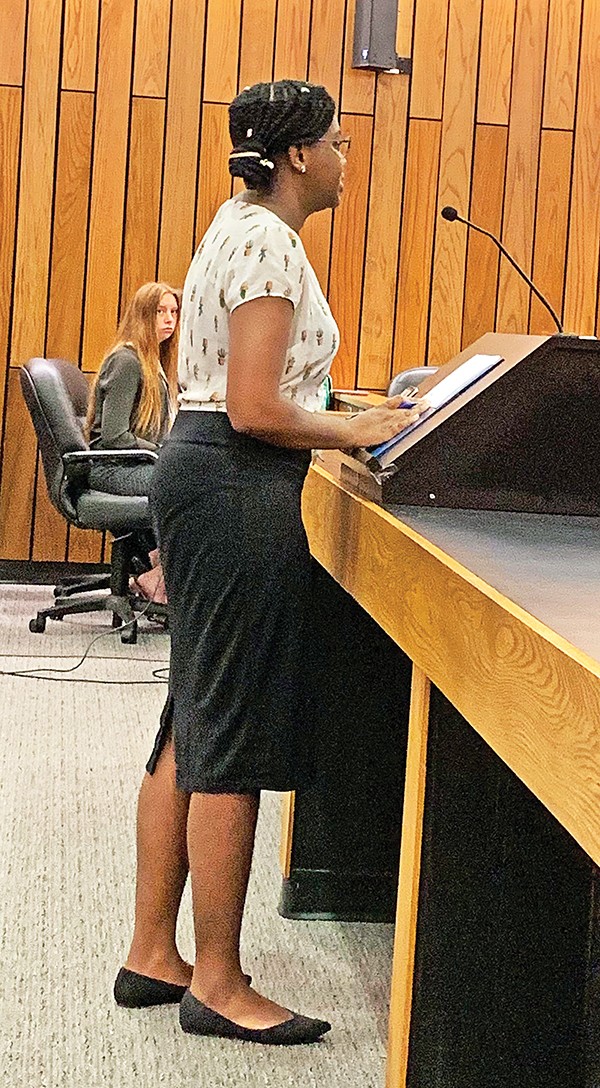Memphians take care of each other. That’s not boosterism; it’s a proven fact. The city consistently ranks among the most charitable in America, year after year. So I wasn’t surprised at the turnout at last Saturday’s “For the Love of Luke” benefit to raise funds for one of Midtown’s most prodigious and beloved musicians. I wasn’t surprised by the silent auction bids or the GoFundMe proceeds, either — or the quickness with which so many people offered their time and talents. If you missed it, I’m sorry you weren’t there for a hell of a show, but there’s another benefit at DKDC this weekend, and the lineup is just as good.
In these moments, I’m proud to live in a place where people rally to help each other out when they need it. But something gets lost in all the feel-good vibes surrounding these inspiring tales of community: We shouldn’t have to do this. For one thing, in a town that markets itself as a cornerstone of “blues, soul, and rock-and-roll,” it’d be nice if our cultural torch-bearers were a little better taken care of. But big-picture, it’s fundamentally screwed up that health care is treated as a commodity, rather than a right and a moral obligation, and that’s putting it nicely.

Remember the migrant caravan the GOP tried to elevate during last fall’s midterm elections as a campaign issue? There’s actually another caravan that, I think, represents a much more troubling issue: people with type 1 diabetes who have to make regular bus trips to Canada to buy insulin. Because, understandably, they can’t afford to spend $300-plus on a single vial. Millions of Americans are diabetic, and prices have tripled over the past decade while drugmakers make bajillions of dollars. Meanwhile, 26-year-olds are dying because they’re fresh off their parents’ coverage and forced to ration their life-saving medication. So far, Colorado is the only state that regulates the amount patients can be charged: no more than $100 a month.
Worse yet are the stories — pitched as evidence that the kids are all right and the next generation isn’t fully empathy deficient — of elementary-aged students pooling their allowances or giving up their birthday presents to help a classmate get a new wheelchair or some other health-care necessity for which money absolutely should not be a barrier. “That’s raising ’em right,” says the commentariat. Sorry, no. I’m not sure it’s possible to “raise ’em right” in a nation where a child with a disability has to rely on the generosity of her classmates, who are also children. The only lesson that teaches is that only people with money are allowed to live semi-comfortably, and everyone else is at their mercy, even kids. While that’s probably true, it certainly doesn’t make it right.
Medical debt is the leading cause of bankruptcy because it’s next to impossible to budget for an unexpected health-care expense. On top of the bills, lost wages add up, and those rainy-day funds evaporate in minutes. Even for those with insurance, high-and-rising deductibles lead to high out-of-pocket costs. That means there are a lot of people out here with nagging pains and weird lumps they’re hoping will just go away on their own. And they’re waiting for the situation to get bad enough to justify the $500 or $1,000 or the firstborn child they’ll have to give up for some relief. GoFundMe, the most popular crowd-funding platform out there, has raised more than $5 billion and counting since its launch. Of course a third of their campaigns are for health-care costs. I bet another decent chunk is for vet bills, but I digress.
People seem to be more than willing, happy even, to contribute to these campaigns. I wonder if there’s an opportunity for GoFundMe to scale its platform. Maybe they can launch a national pilot program, where a little bit of money is taken from people’s paychecks and put in a big pool for medical care. That way, we all could just go to the doctor when we need to, without having to worry about missing a rent payment or getting a claim for cancer treatment rejected as unnecessary or getting sued by the hospital. Call it, I don’t know, “GoFundAmerica” or something. “GoFund Us All,” maybe. Sounds crazy, but it just might work.
Jen Clarke is a digital marketing specialist and an unapologetic Memphian.
 Photographs by Justin Fox Burks
Photographs by Justin Fox Burks 



 Jamie Harmon
Jamie Harmon 



 Jackson Baker
Jackson Baker  Courtesty of U.S. Customs and Border Protection
Courtesty of U.S. Customs and Border Protection